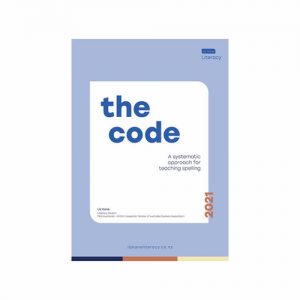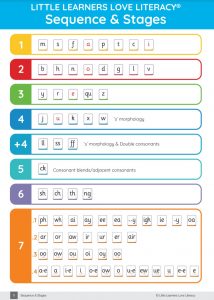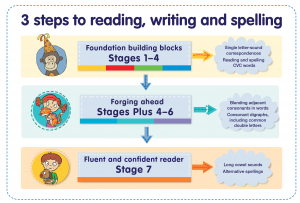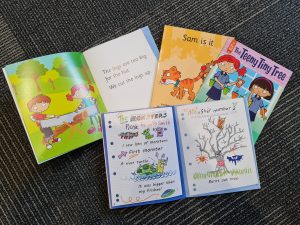How is Literacy taught at our school?
At Beckenham, we use the Structured Literacy approach for the teaching of Reading, Writing, Spelling and Handwriting.
The Structured Literacy approach is based on over 40 years of world-wide academic research into the Science of Reading. It is an approach in which children are taught systematically and explicitly to firstly recognise speech sounds, as our brains are designed primarily to process speech. Reading and writing are human inventions, so it is vital we work from speech and then move to print. Children are taught to recognise individual words, syllables, onset sounds, rime and individual sounds in a word.
At the same time, children are gradually introduced to the letters of the alphabet and the sounds the letters represent. They are also taught to write the letters of the alphabet. The specific approach for letter formation we use for this is called ‘Kinetic Letters‘. As the children increase their letter/sound knowledge, they will be shown how to read and write words with these letters.
Learning to Spell is an intrinsic part of this literacy learning process, and is supported through the use of ‘The Code’. Structured Literacy includes explicit and systematic teaching of phonological awareness, the alphabetic principle, syllable types and morphology, and The Code encompasses these. This programme is sequential and is used to support learning from Year 1 through to Year 8.
Our Scope and Sequence:
The children will be learning to read using decodable books. Stage 1 of these books contain words the children can decode (sound out) using the first group of 8 letters (m, s, f, a, p, t, c and i). Stage 2 introduces 8 more letters, and so on. As the English language is not phonetic, the teachers will gradually introduce the spelling rules and patterns we need to know in order to read and write in English. The books we will be using follow a sequence and will support the teaching.
Why LLLL (Little Learners Love Literacy)?
This website “Why LLLL (Little Learners Love Literacy)? has a great explanation of the Structure of Literacy Teaching and Learning process.
Reading Books
Reading texts are a key part of the structured literacy programme.
Your child will not necessarily bring books home straight away. They need to know the first 8 letters and the sounds they represent, as well as the skills of segmenting and blending sounds, before being given a text. This is to ensure success and accurate reading, rather than guessing. In the first instance, we will be supplying you with flashcards for each of the sounds the children are being taught. Reinforcing the sounds they have learnt at school, when at home with you, will be extremely helpful for your child.
When your child brings their Literacy Folder home (NE to Year 4), you will find literacy resources that you can use at home to support their learning. Please ensure the folder is returned to school the next day with all the resources inside.
When a child reaches Stage 6/7 of the structured literacy sequence, they will begin to utilise additional reading texts to support their learning. These could include resources you may recognise from the ‘Colour Wheel’ series, School Journals and other publications.
In our Senior Classes the explicit, sequential teaching will be done with small target groups and also through daily whole class phonological awareness and spelling sessions.
Parent Workshop – Structured Literacy (March 2021)
Led by Caroline Moffatt – Resource Teacher of Literacy
How can parents help their children with Literacy Learning?
We are currently putting together some resources to help you with literacy learning at home – this should be available in Term 2.



